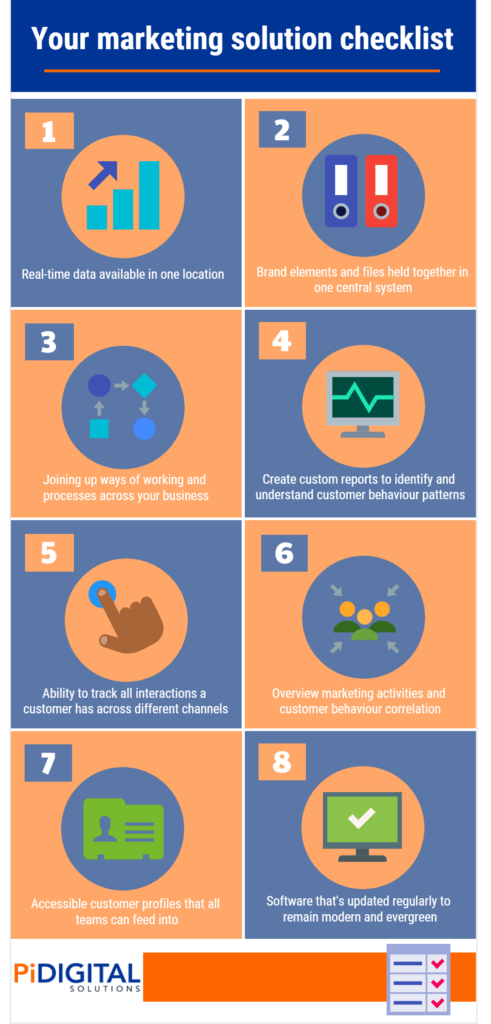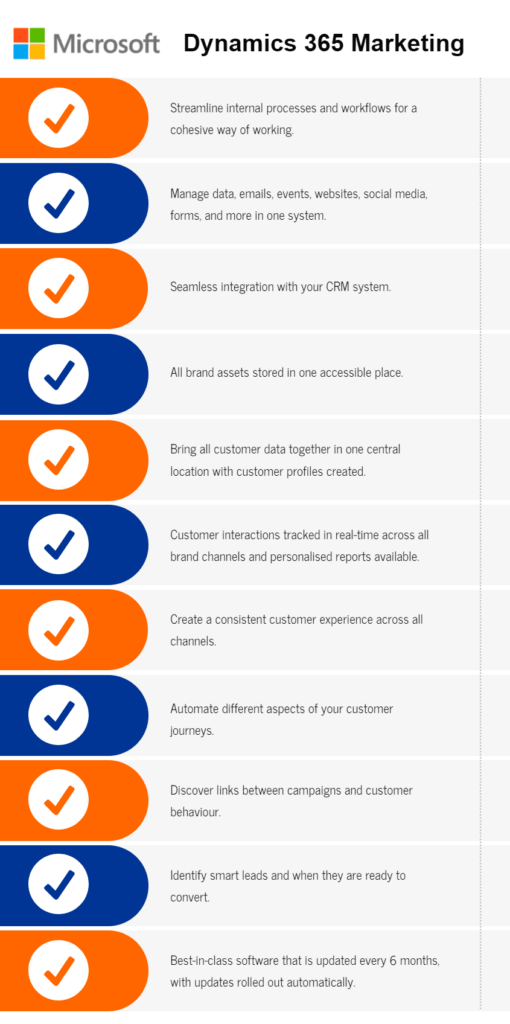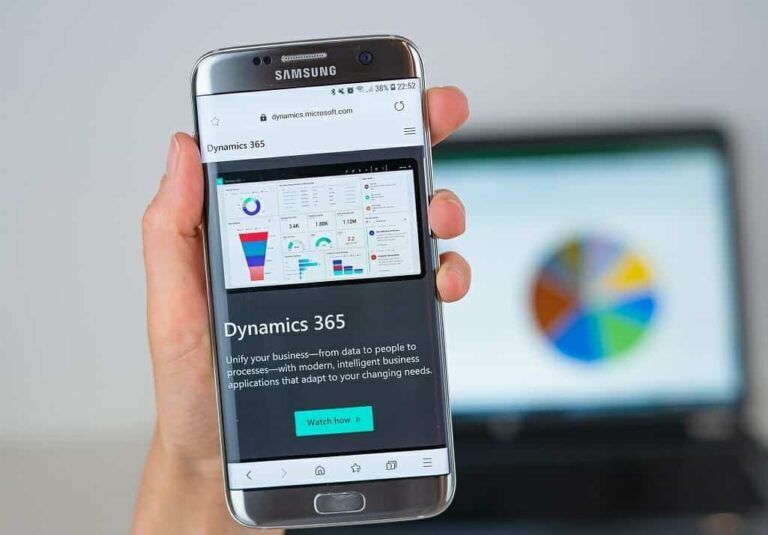How to find the right marketing solution for you business
As we recently explored, there are many challenges that marketers currently face. And what many of these challenges boil down to is not having the right marketing solution in place, and instead having disjointed processes and systems that result in a lack of cohesive data to help you form a full picture of your customers. Without this, it’s difficult to work together across your business to really understand your customers behaviour and provide a consistent customer experience that results in smart leads.
There are plenty of tools on the market that can help you centralise your data and create an end-to-end marketing experience to handle all your needs. But how do you choose the right marketing solution for your business?
Firstly, you need to know what you’re looking for. You need to identify specific areas where you would benefit from a centralised system. You also need to determine the absolute must-haves that you need.
A good way to start is to look at any current applications or processes you have in place for your marketing – such as emails, events, CRM, social media, analytics etc. The goal would be to bring all these areas into one centralised solution that everyone who needs it can access for real-time data and insights.
Identify the challenges you need to overcome
One of the key challenges facing marketers is how to gain a deep understanding of customer behaviour and to put the learnings of this to good use. So, you need a system that can not only capture your customers behaviour, but can also compare it to your marketing activities to uncover which campaigns or communications drove conversions. A solution that can create a joined-up experience for you as marketers will allow you to discover direct links from your work to how it impacted customers and their behaviour.
As well as helping you understand your customers, the right system can empower you to create a consistent customer experience, which will help strengthen your customer relationships. While you can, to an extent, create a consistent experience when using different systems, it’ll never be quite as consistent or seamless as if it was all through a single centralised solution.
With a central system in place, you can manage your full customer experience through one location. For instance, you can hold all the stylesheets, assets and brand elements there, and these can be easily added to emails, invites, or visual designs. This also gives you an advantage if you ever change or update part of your branding, as you could make the changes in just one system and know it’ll be automatically updated everywhere, with no concerns about outdated materials being used.
Another useful area that technology can help you with is giving you the right information to generate smart leads that can be converted into sales. Having a system that feeds engagement and enables you to create reports means you can share these with your Sales team and help track the steps it takes for your business to turn someone into a lead and convert that into a sale. For instance, how many interactions does a customer need before they become a lead? What types of interactions help convert them into a sale?
You need a system that can track all that information – from emails, personalised messaging, website visits, video watches, etc. – to discover what was effective to turn them into a sale. This lets you easily report on important data and helps you refine what you’re doing and what you’re spending time on based on intelligence that’s been captured.
All this allows you to show what you’re doing is having an impact so you can demonstrate the ROI of marketing efforts. You can use the data collected and insights into customer journeys to link it back to what people are buying based on the marketing they’ve seen or interacted with. This makes the intangible, tangible. You can use the data in your system to, for example, demonstrate that marketing actions taken on a certain day have had an impact on customer behaviour which has resulted in sales.
Linking up and sharing information between Marketing and Sales, as well as other teams, such as Customer Services, can make a big difference by building stronger customer profiles, improving interactions with customers, and ultimately increasing sales. But for this to happen, you need a system that’s accessible to everyone who needs it. Having many different systems in place or different processes and ways of working for different teams leaves all the information disjointed – with you not able to target customers correctly at the right times.
A centralised solution can help your Sales team by allowing them to see things such as email interactions of a client or whether a client is attending an event, without the need to ask anyone for a report or requiring logins for different systems. Marketing teams can also provide more intelligence for Sales and other teams, and this can become a complete circle, with Sales and Customer Services also feeding into the customer profiles to create a fuller picture that gives everyone a deeper understanding of customers. This allows for a better customer experience to be provided, and helps create more intelligence, better marketing, and more sales.
A final important component of your new solution is to ensure it’s a system that’s modern and always up-to-date. You need tech that’s evergreen and that can continually evolve with the changes of society and your industry, to deliver what your business and your customers need. Without this, you risk falling behind and being put at a disadvantage of other emerging technology.

A best-in-class marketing solution for your business
A solution like Microsoft Dynamics 365 Marketing can help solve your marketing challenges by bringing data together, creating a streamlined experience, and providing a comprehensive marketing tool that can seamlessly integrate with your CRM system.
D365 Marketing is one of the most popular all-in-one marketing systems in the world, and for good reason. There are several benefits to D365 Marketing, including building tangible customer journeys to deliver successful multi-channel marketing campaigns and automating every part of your customers’ experience with automated interactions triggered at certain points in the workflow to help move them along.
You can rollout these workflows and campaigns across numerous channels to create branded emails, dynamic landing pages, social media campaigns, and lead capture forms. The goal of all these is to generate leads and drive conversions, and D365 Marketing provides real-time in-depth tracking of customer journeys, letting you view, score, and nurture leads in an effective way.
Microsoft invested heavily in D365 Marketing over the past 18 months, and the solution gets updated every six months to keep it as modern and fit-for-purpose as possible. This means you always have an automatically updated evergreen system that’s ready to deliver in-depth insights to learn more about your customer base and what works for your industry.

With so many challenges currently facing marketers, it’s time to find the right solution that’ll help you streamline internal processes, better understand your customers, and create a stronger customer experience to help identify smart leads and convert them into sales.
Microsoft Dynamics 365 Marketing could help transform how you work, get you closer to your customers, and ultimately benefit your business in real terms.
To find out how Microsoft Dynamics 365 Marketing can help your business, or to explore other solutions that may fit your needs, speak to our Specialists today.



